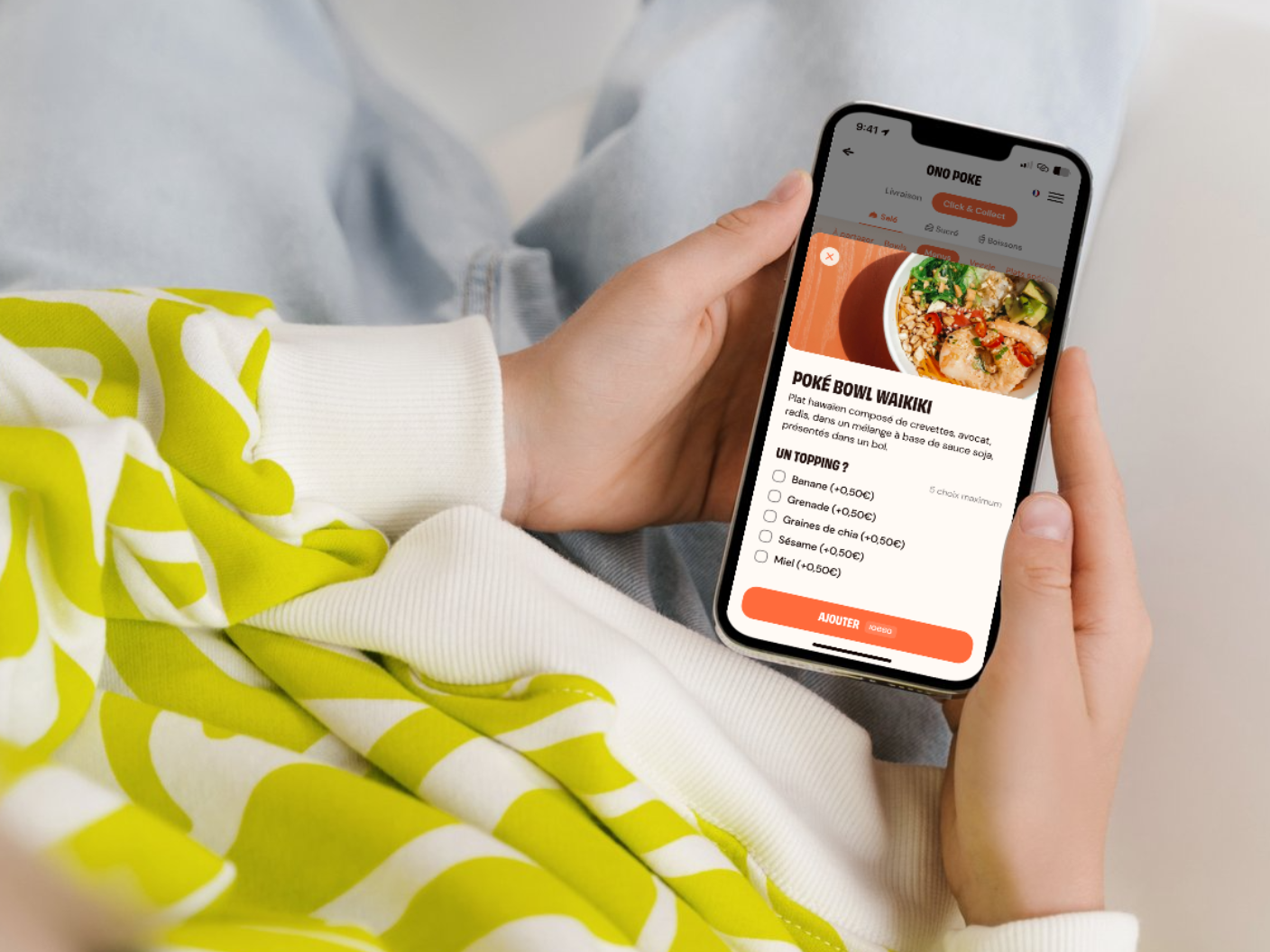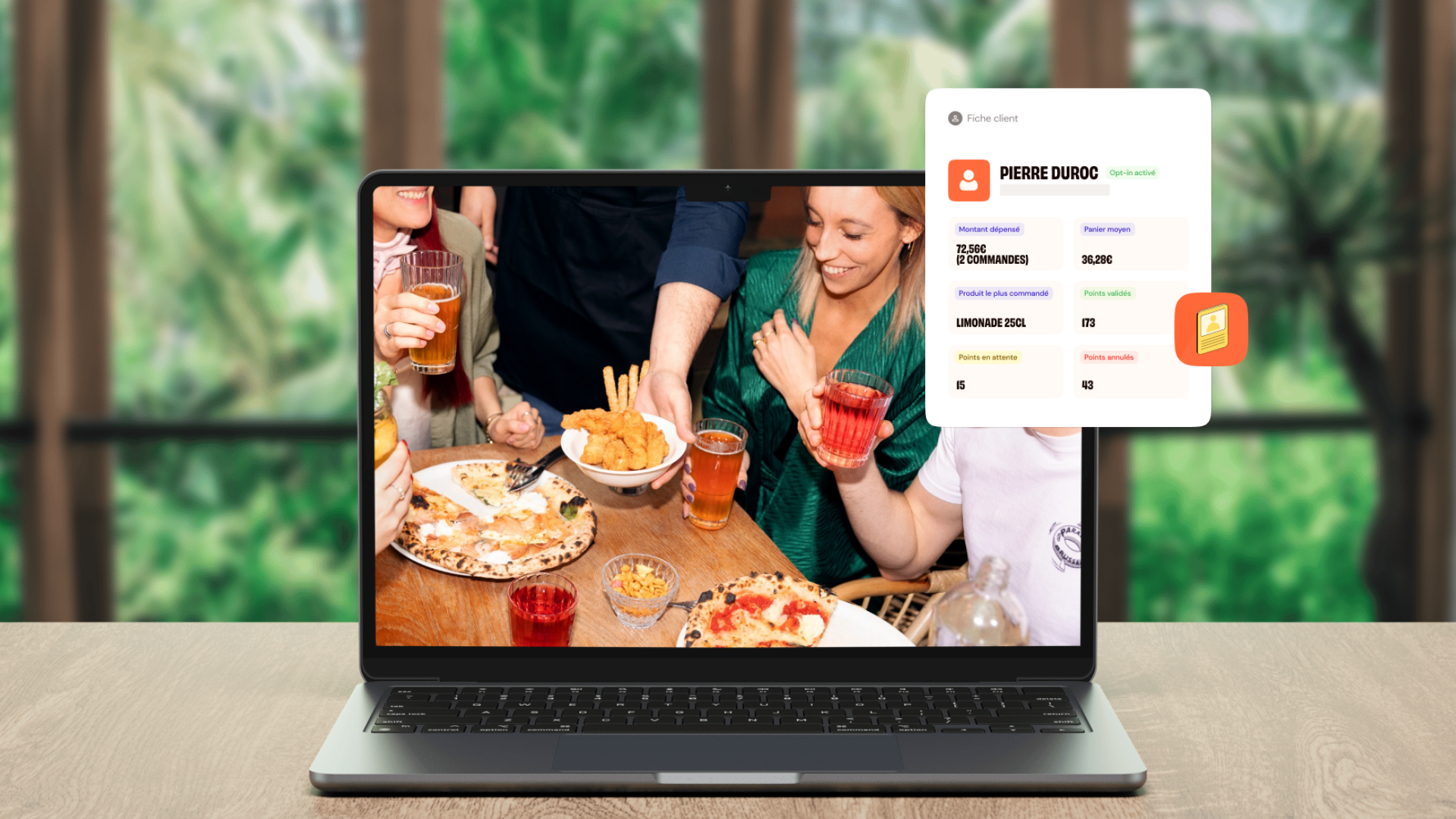Restaurant: the 4 hidden costs of waiting that reduce your sales
August 18, 2025
"We still haven't got the card."
"Is it almost ready?"
You've heard these phrases before. They often mark the moment when the experience begins to tip.
And according to the Waitwhile studynear 75% of customers associate waiting with negative emotions. Worse, 70% leave a physical queue if it seems too long.
For a restaurant, this means orders that are never placed, extras that disappear from the average bill, and tables that turn less quickly. and, in the long term, customers who never come back.
In this article, we take a look at the 4 hidden costs of waiting in restaurants and why they can cost you dearly, even when the room is full.
Cost no. 1: lost sales before ordering
Every minute you wait before taking an order is a way out for your customers.
In catering, this departure represents more than just an empty seat. That's one less order and, at the end of the season, a loss that can run into hundreds or even thousands of euros.
"If two tables leave every day without ordering, with an average basket of €20, that's almost €14,600 in lost sales over the year."Cost no. 1: lost sales before ordering
The most common causes :
➜ Lack of staff available at reception
➜ Queue with no visibility on waiting time
➜ Menus not quickly accessible
➜ Management of unanticipated affluence
Limiting these departures means preserving your sales even before the service begins. Until this first breaking point is addressed, every minute you wait remains an open door for your customers (and their spending) to escape.
Cost no. 2: lower average shopping basket
The longer you wait, the more your customers will limit themselves to the essentials.
It's not a theory, it's a human reflex: when frustration rises, the desire to have an extra dessert or drink falls.
"In the restaurant business, these additional sales often make the difference to profitability. Losing even one €6 dessert and two €2 coffees per table can add up to thousands of euros over the year."Cost no. 2: lower average shopping basket
Common causes :
➜ Service slow to take order
➜ Time between courses too long
➜ Lack of reminders or proposals for additional purchases
➜ Customers already frustrated by the time the order arrives
A falling average basket means eroding profitability, without you even realizing it right away. As long as you can't wait to order more, you're missing out. easy, recurring sales.
Cost 3: slower table rotation
Every extra minute spent at the table, for no good reason, reduces the number of services you can provide.
"If the average occupancy time of a table drops from 1h30 to 1h45, and you do 2 services on 30 tables every evening, that's the equivalent of several dozen place settings lost every week. On a monthly scale, the loss can climb to several thousand euros."Cost 3: slower table rotation
The brakes on smooth rotation are often :
➜ Waiting too long between dishes
➜ Difficulty adding up quickly
➜ Poorly coordinated kitchen and dining room organization
➜ Lack of anticipation on setting up and clearing away
When rotation slows down, the maximum capacity of your room drops, regardless of your popularity. If this mechanism takes hold, you run the risk of plateauing your sales even on days when demand is high.
Cost no. 4: loss of loyalty and brand awareness
A customer who has waited too long rarely has a good memory. They talk about it around them, sometimes leaving a negative review online. And in a highly competitive industry, a comment about slow service can discourage more than just one potential customer.
Direct impact : lower recurrence rate.
Indirect impact : loss of positive online visibility.
These two effects combined weigh heavily on long-term sales.
"The loss is not just measured in immediate euros. If a regular doesn't come back, all the meals he or she would have eaten at your place during the year disappear. Over time, this can represent thousands of euros in lost sales."Cost no. 4: loss of loyalty and brand awareness
Common causes :
➜ Repeated waiting during several visits
➜ Experience perceived as disorganized
➜ Lack of communication or apologies for lateness
➜ No action to make up for experience afterwards
Loyalty is built up in the good times, but it quickly falls apart in the bad. Every bad waiting experience leaves its mark, sometimes long after the visit. The more these situations recur, the more they erode your loyal customer base and weaken your reputation.
How to reduce waiting times at every stage of the customer journey
Limiting waiting times doesn't mean rushing customers, but rather making every stage of their journey more fluid.
Digital solutions are today's best allies in reducing waiting times and minimizing losses. They enable action to be taken across the entire customer journey, from arrival to payment, without increasing the workload of our teams.
1. Make the menu immediately accessible
➜ QR code menu on tables : customers consult the map as soon as they arrive, or even while waiting to be placed.
➜ Real-time update : no more "sorry, we don't have that dish anymore" once the order has been placed.
2. Speed up order taking
➜ ordering kiosk : ideal for absorbing peak-hour flows and freeing up teams during service.
➜ Smartphone control : via QR code, the customer places his order, without waiting for the server.
➜ Click & Collect : customers order before they arrive and collect their order quickly.

3. Streamline communication between dining room and kitchen
➜ Automatic order dispatch : integration with the cash register software so that the kitchen receives vouchers instantly.
➜ Kitchen display: screens that prioritize orders and indicate deadlines, avoiding delays and duplication.
4. Shorten payment and table release times
➜ Payment via QR code : the customer scans, pays, and can leave without waiting for the bill.
➜ One-click shared payment : no need to spend 5 minutes dividing the note by hand.
➜ Integration with loyalty : payment automatically triggers the awarding of points or discounts.
5. Managing the inevitable wait
➜ Push or SMS notifications : notify customers that their table is ready or that their meal is on its way.
➜ Digital queue : enables customers to know from the outset how long it will take to collect their order, whether from a kiosk, Click & Collect or table order.
By digitizing key stages, you don't just reduce actual expectations: you also reduce perceived expectations. And that's often the difference between a frustrated customer and a returning one.
Want to save time and increase your sales?
Every minute saved translates into additional sales. Obypay helps you streamline your service with easy-to-implement digital solutions: QR codes, kiosks, click & collect, payment at the table...
Our team analyzes your needs, advises you and implements the tools best suited to your establishment and your constraints.
Let's talk about it and start optimizing your service today.
Want to find out more? See our resource ➜ How can you reduce waiting times and improve the customer experience?












